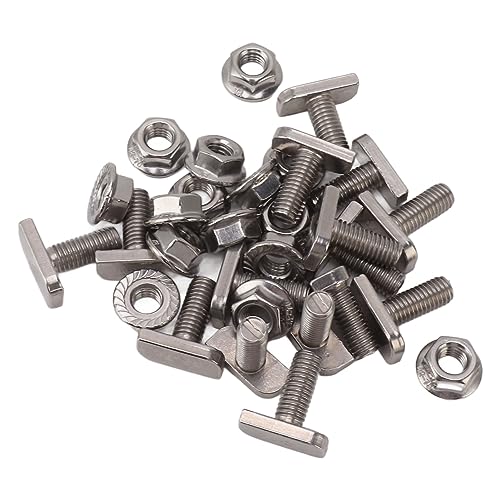L Plate
Senior Member
- Joined
- May 22, 2009
- Messages
- 250
- Reaction score
- 0
Hello and good evening all..
I need some help again please , I have an upcoming exam in 2330/206 next week...Earlier today I've done live test in our workshop using Flukes T50 ( volt tester and for safe isolation ) Flukes 334 clamp meter for 3phase and single phase and current measurement . so far it was okay but my concern now is doing the dead test ... for my coming exam , i need to install 2 way lighting circuits conventional for 2 bulkhead luminaire fittings , 3 x twin socket radial with a single socket spur and also i need to install PVC/SWA cable between the switch fuse and the consumer unit. I am confident for this small installation but my worry really is doing the testing for continuity , insulation resistance and polarity .. Please if anyone has time to give me some easy way of doing it would be a big help for me , I am reading some in the OSG for more info but i think your ideas ( from your years and years of experience ) is much easier to understand rather than in the text book ( pls dont get me wrong , i;m not saying text book is not good )
my understanding on continuity test is not that good , as far as I know
Using Flukes 1652
1) in CU link line and cpc
2) set the tester to continuity mode
3) link both lead to check the tester , 'tshould be 0.00 mohms
4) in the outlet , clip the line and the cpc then press test .. result should be 0.07ohms or less..
Again, thanks a lot guys for your time
lplate
I need some help again please , I have an upcoming exam in 2330/206 next week...Earlier today I've done live test in our workshop using Flukes T50 ( volt tester and for safe isolation ) Flukes 334 clamp meter for 3phase and single phase and current measurement . so far it was okay but my concern now is doing the dead test ... for my coming exam , i need to install 2 way lighting circuits conventional for 2 bulkhead luminaire fittings , 3 x twin socket radial with a single socket spur and also i need to install PVC/SWA cable between the switch fuse and the consumer unit. I am confident for this small installation but my worry really is doing the testing for continuity , insulation resistance and polarity .. Please if anyone has time to give me some easy way of doing it would be a big help for me , I am reading some in the OSG for more info but i think your ideas ( from your years and years of experience ) is much easier to understand rather than in the text book ( pls dont get me wrong , i;m not saying text book is not good )
my understanding on continuity test is not that good , as far as I know
Using Flukes 1652
1) in CU link line and cpc
2) set the tester to continuity mode
3) link both lead to check the tester , 'tshould be 0.00 mohms
4) in the outlet , clip the line and the cpc then press test .. result should be 0.07ohms or less..
Again, thanks a lot guys for your time
lplate































































